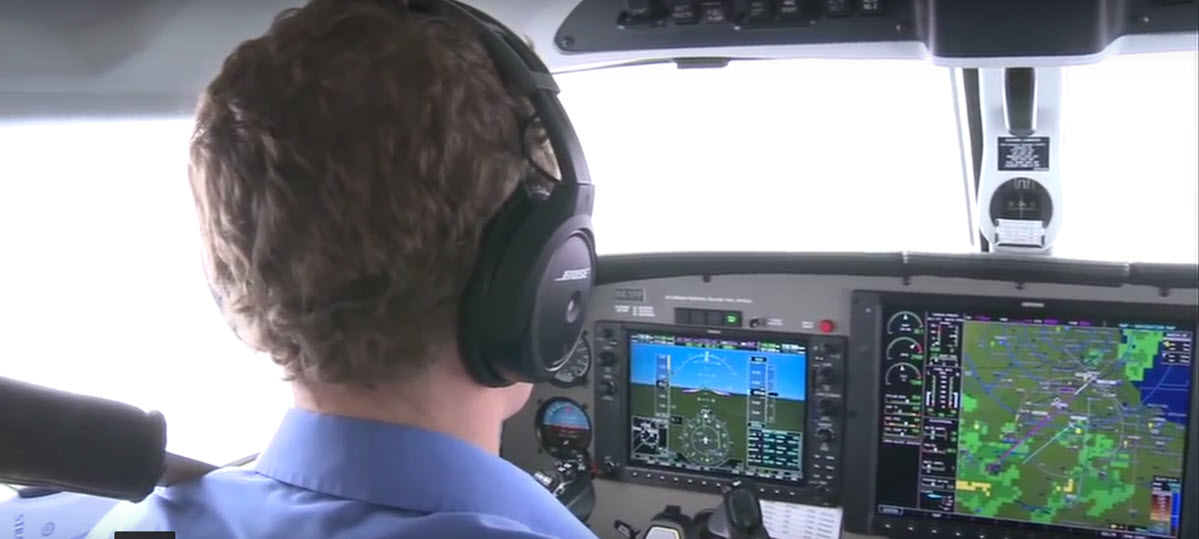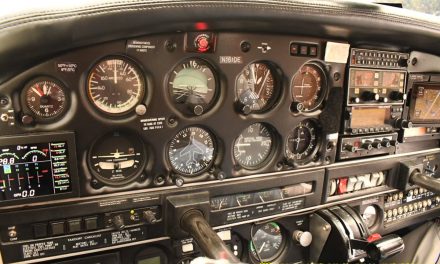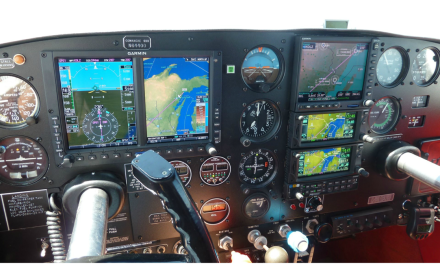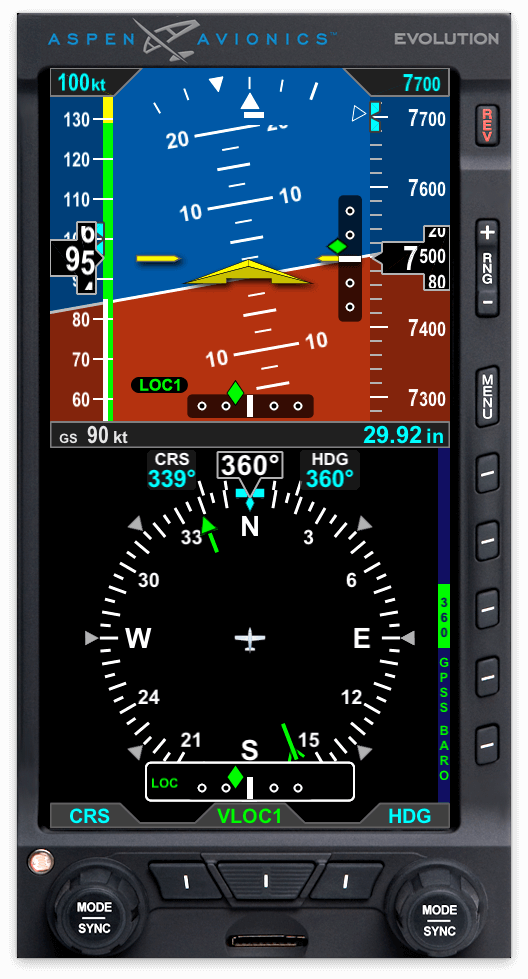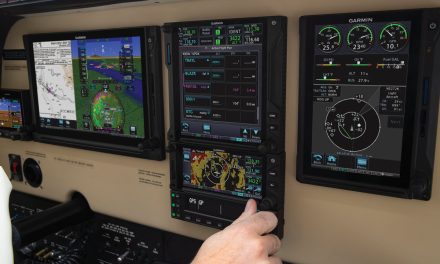By Joel A. Turpin-ATP CFII
Introduction
One of the most important considerations when planning an IFR flight is whether or not an alternate will be required. After all, needing (or not needing) an alternate determines how much fuel will be required and whether or not the flight can be made non-stop.
The answer to the alternate question can, at times, be much more difficult than it appears on the surface. In this tutorial, we will discuss what weather conditions require an alternate, the fuel required if an alternate is needed, non-standard alternate minimums, and what weather must be forecast at the chosen alternate to make it legal.
We will also discuss what I call “The Alternate Conundrum,” which happens when the FARs do not require an alternate, but when one should be filed anyway. So let us begin what I hope will be an informative and enjoyable investigation of all things alternate.
When An Alternate is NOT Required
FAR 91.169 states the following about what the forecast weather must be at your destination to avoid filing an alternate on your IFR flight plan.
In essence, if the appropriate weather reports or forecasts (or a combination of both) indicate that for at least one hour before to one hour after your estimated time of arrival, the ceiling will be at least 2,000 feet above the airport elevation and the visibility will be at least three statute miles, you do not need to file an alternate.
A good way to remember what the FAR says is to refer to it as the 1-2-3 rule:
1 hour before to 1 hour after your ETA
2,000 foot ceiling
3 miles visibility
And speaking of ceilings, this is a good time to review what is considered to be a ceiling. Any cloud cover that is broken or overcast constitutes a ceiling, while few, or scattered clouds do not.
When An Alternate IS Required
There are two times when you must file an alternate, and one time when you should, even though it is not required:
- If the forecast ceiling or visibility does not meet the 1-2-3 rule.
- When filing IFR to an airport that does not have an FAA-approved instrument approach. (In this case, an alternate must be filed no matter what the weather forecast is).
- An alternate should be filed when thunderstorms are forecast, but the ceiling and visibility meet or exceed the 1-2-3 rule. I call this, “the alternate conundrum.”
The Alternate Conundrum
When writing FAR 91.169 concerning the requirements for needing an alternate, the FAA totally ignored the possibility of thunderstorms! It is quite common to see a forecast calling for the ceiling and visibility to be well above the 1-2-3 rule, yet have a considerable chance for thunderstorms.
You cannot land a small, general aviation airplane during a raging thunderstorm, yet there is no requirement that you plan for an alternate with TRSA in the forecast. Before tackling this conundrum, we need to review some of the terminology used in TAFs.
All pilots know that “Prob 30” or a “Prob 40” means there is a 30% or a 40% probability of some change to the weather happening … but what about “TEMPO?”
This is the one to pay attention to as it means there a 50% (or more) chance of something happening meteorologically in the timeframe denoted in the TAF. A TEMPO for thunderstorms occurring at your ETA means you need to have an alternate on file (even if it is not required by the FARs) or you need to plan to fly another day.
In the airline industry, our dispatchers always filed us an alternate with Prob 40 or TEMPO for thunderstorms. If a major airline felt this was necessary, general aviation pilots should follow this practice, too.
Below is an example of weather that does not require an alternate, yet there is a 50% chance or more of thunderstorms in the forecast. The TAF is for Albany, New York (KALB).
FM 011500 18010G16KT P6SM SCT 050 BKN080 FRM12000 19012G20 5SM SHRA BR SCT 025 BKN050 0VC100 TEMPO 0121/0124 3SM TRSA BR BKN 025CB OVC 050
In the above TAF, if your ETA on the first day of the month (01) was between 21Z and 24Z, you would have a 50% chance or greater of encountering a thunderstorm upon your arrival, yet a ceiling of 2,500 and a visibility of three miles means that an alternate is not required.
In this case, an alternate should be filed and there should be plenty of contingency fuel boarded. A better option might be to fly to KALB at another time or on another day.
The rest of this article can be seen only by paid members who are logged in.Have a website login already? Log in and start reading now.
Never created a website login before? Find your Customer Number (it’s on your mailing label) and register here.
JOIN HERE
Still have questions? Contact us here.

